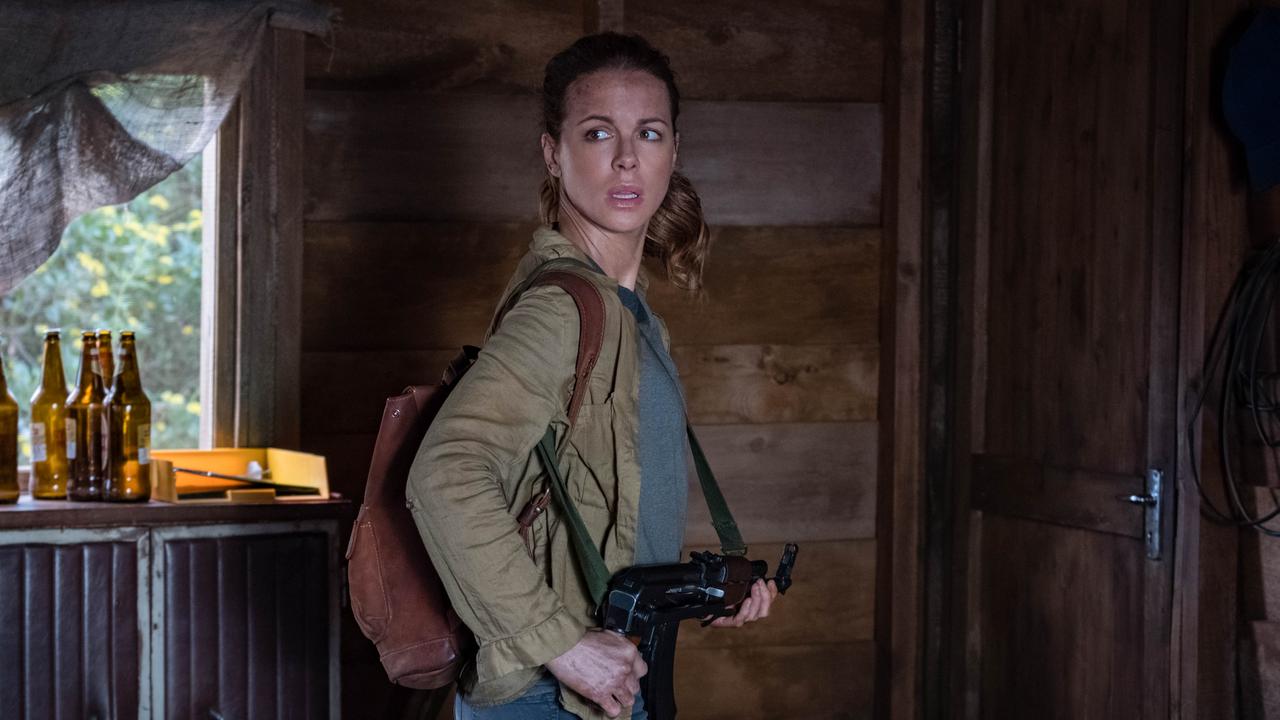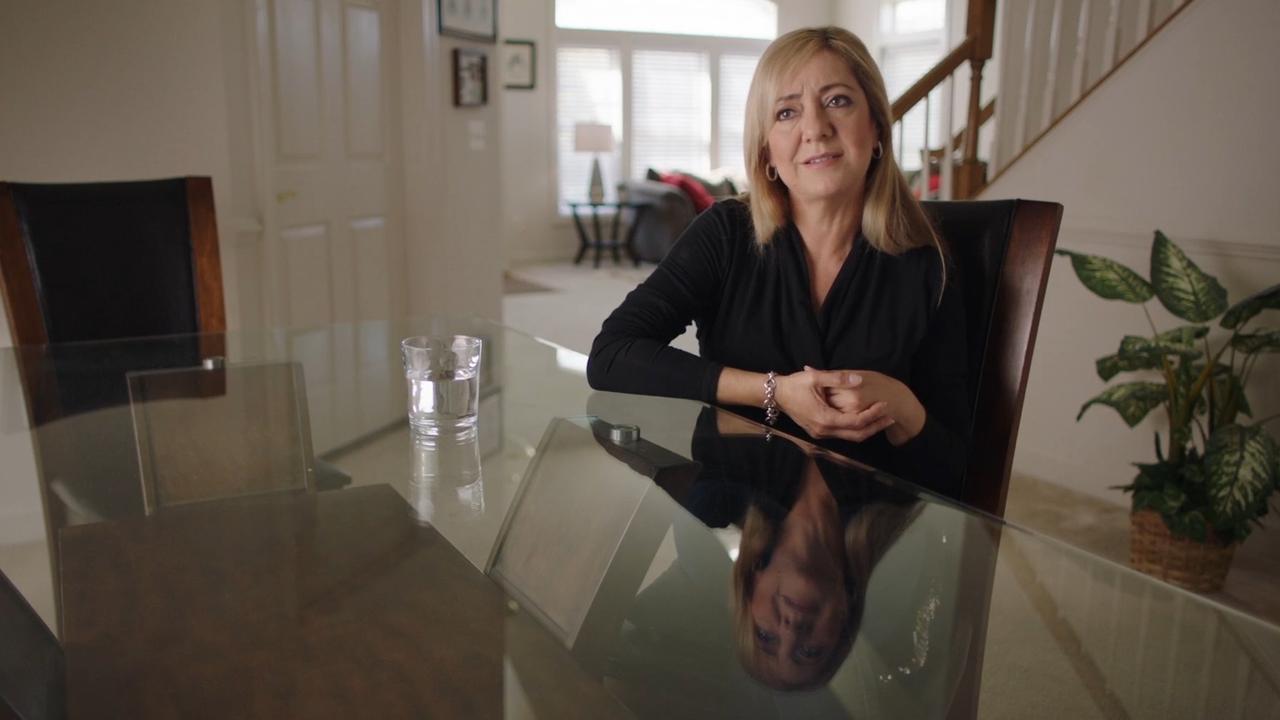Neighbourhood watch
Next up on the menu of cooking shows is one that takes competition into the home kitchen
Next up on the menu of cooking shows is one that takes competition into the home kitchen
"COOKING is the new rock 'n' roll," Nigella Lawson once cooed through those famous lips, and it's easy to see, as we salivate on our sofas in front of the TV, how food preparation is losing its connection to the way we actually cook in our own kitchens.
The profusion of TV chefs probably confuses as much as it helps those at home trying to learn the subtleties of cooking for themselves, or efficient preparation for their families. The rest of us, though, drool over the populist foodie flirts on the screen, soaking up their subliminal message about money, self-esteem, and an elusively chic lifestyle.
There is, however, a corrective to hand, with a modest little British reality TV show called Come Dine With Me. It has been quietly reinforcing cooking's attachment to a living culture by taking the camera out of the studio and into the kitchens and dining tables - sometimes hastily improvised - of real people.
This is the Channel 4 cooking show where kitchen sinks collapse, desserts are tossed out of windows, smoke alarms go off, and contestants find hairs in their soup; that is, if they're not already too pissed to see their plates. Just as happens in real life.
Come Dine With Me was dreamed up five years ago by Granada television producer Nell Butler, who thought the combination of cookery, snooping around people's homes, and the subtle but ruthless social struggle at the dinner table would provide voyeuristic drama.
She wasn't wrong, and her show has become one of modern TV's great successes. It has a strong following locally on pay-TV's Lifestyle Channel, where it sometimes seems to appear in endless cycles. If you haven't seen it, Butler's disarmingly simple concept puts together five strangers from the same area to host dinner parties on consecutive nights across a week. Three courses are served and at the end of the meal, each guest - away from the others - gives a score out of 10, usually tipsily in a brightly lit cab on the way home. At the end of the week, the person with the highest score wins £1000 ($1800).
Contestants on Come Dine With Me all have to submit menus before the start of filming, which ensures no one can change their mind halfway through the week. Each is given £125 to pay for ingredients for a three-course meal, including wine, and cameras follow them as they prepare their meals.
None of the guests have met before and have been carefully selected to ensure dull moments are rare. Few series so rigorously, even joyfully, celebrate the three rules for any reality show: casting, casting, casting.
Before each week's first dinner party there is a character-setting run-through of all the contestants for viewers, with a caustic commentary by the narrator, British actor and comedian Dave Lamb.
This is done so well it's easy to spot potential personality clashes and find favourites to barrack for. That said, goodies and baddies are sometimes hard to pick. Part of the show's fun is the way the producers engineer the events in post-production in order to catch you out through misdirection and red herring clues, as might happen in a cosy crime drama.
Something about the show reminds me of Alan Ayckbourn's classic English farces as Come Dine With Me manages various permutations on its basic situation. And the TV series is just as efficient as the legendary playwright at pillorying the manners and social conventions of the British middle class.
There is even the same sort of ingeniously symmetrical plot-scheme, each night mirroring what's gone before with unexpected narrative twists.
As with Ayckbourn, the laughter springs not merely from a sometimes excruciating comedy of social embarrassment (what Ricky Gervais once called "wheeling out the bewildered to be sniggered at") but from a perfect mix of situation, character, absurdity and social satire.
The show is unscripted drama, observational documentary, but it's actually so cleverly authored it delivers what the scripted variety rarely does, and yet always strives for: a sense of authenticity. Frequently there are greater revelations of social nuance and human nature made in this humble, yet elegantly constructed, series than in most high-brow British dramas.
So often, cooks who present themselves as intimidating exemplars of self-esteem, discipline and ambition are revealed by the end of their meal to be psychologically fragile, deluded and desperate for affection and understanding.
While it doesn't make a big deal about it, Come Dine With Me feeds off our contemporary obsession with presentation, and blurs the line between authenticity and performance, truth and fiction. You can't watch it and not realise how many of us have become used to living our lives in a very transparent way through the innovations of social media and the omnipresence of TV in our lives.
Come Dine With Me is a reminder that, in this celebrity-obsessed age, a life in which the personal is presented to the public will always be relentlessly judged. The show lets us experience the costs as well as the benefits of living such a media-saturated existence.
The series is not only taking Britain by storm. Come Dine With Me appears under various titles around the world (the names in themselves giving hints about national traits): the German version is called Das Perfekte Dinner, the French Un Diner Presque Parfait and in the US it's known as Dinner Takes All.
A 20-part half-hour local version, Come Dine With Me Australia, starts this week, also on the Lifestyle Channel. It's an almost facsimile rendering of the original with a bunch of over-the-top competitors obviously delighted to be ridiculed and judged as they cook badly on TV.
The first show's contestants feature a reality-show fanatic with a taste for dressing up, a shoe-loving woman who manages a medical practice of ophthalmic surgeons, a surfing solicitor, a Mexican-born female marketing manager and a pretty-boy former pop star. They are all great value: ingratiating and full of attitude.
The local show, however, lacks the bite and energy of the original, in spite of some brilliant editing.
Television and radio presenter James Valentine is the narrator for the series, overseeing each episode with witty observations and sarcastic commentary, although he lacks the panache of the British show's narrator, the seriously brilliant Lamb. Lamb is simply one of TV's great voices. He's acerbic and deliciously observational, and able to make a highly contrived script, written by several comedy writers, seem explosively spontaneous.
Lamb has the gift of seeming to say exactly what you are thinking about a contestant's bathroom cabinet full of fake tan or how, after an odious chilli prawn dish, he hopes the table won't be snogging at the end of the evening.
The man has such comic timing he makes you believe he can read the contestants' mannerisms and body language like some omnipresent psychologist.
Valentine seems subsumed by the show's energy rather than actually creating much of it. His highly wrought brand of irony isn't aggressive enough to command attention.
ABC1's three-part documentary series Inside the Great Magazines is fascinating viewing at a time when publishers are finding it hard to keep their heads above water. Produced by Irene Angelico and Abbey Jack Neidik, the international award-winning team who created The Cola Conquest, the series looks at the power of magazine images and stories to debunk myths and tell us how to live better lives, while simultaneously confusing us with their conflicting messages about body image, self-esteem and eating disorder issues.
In some ways this compelling series is like an obituary for the world's best-known consumer titles, from lads' mags to women's weeklies, which are steadily losing their readers as new launches and digital rivals eat into their circulation, although the series suggests there is a new frontier opening up, a place of increasingly segmented niches where only magazines created by impassioned individual editors, writers and photographers will survive.
Angelico and Neidik use archival film footage and artfully staged interviews with writers, commentators and editors; and they make clever use of the Ken Burns technique of embedding wonderful still photographs into their narrative.
There are also some stunning sequences of magazine launches, awards ceremonies, and breathtakingly indulgent haute couture photo shoots that might explain why so many fashion journals are going bust.
The series starts like a rather disjointed audio-visual essay, although one redeemed by its extraordinary photographic imagery. It takes us back to the beginnings of the printing press and its connection to the advancement of democracy and consumerism. The episodes gain traction as they explore the individual stories of undeniably great magazines such as National Geographic, Life, and The New Yorker alongside image-makers O, Vanity Fair and Cosmopolitan.
Particularly fascinating are magazines that changed the political and social landscape, among them Playboy, Cosmopolitan, Rolling Stone and Ms. Magazine. The candid present-day interviews are terrific, especially those of Cosmo's Helen Gurley Brown and Ms's Gloria Steinem, who are as provocative and confronting and incisively witty as they ever were.
Gurley Brown amusingly sits back in her luxury apartment, her enhanced and surgically workshopped face like a panto dame's, and nostalgically reflects on how she changed the world.
And the fierce Steinem, her face carrying the effects of years of advocacy, is still wonderfully articulate about sex, feminism and the need for revolution.
Come Dine With Me Australia, Monday, 8.30pm, The Lifestyle Channel.
Inside the Great Magazines, Thursday, 9.30pm. ABC1.


